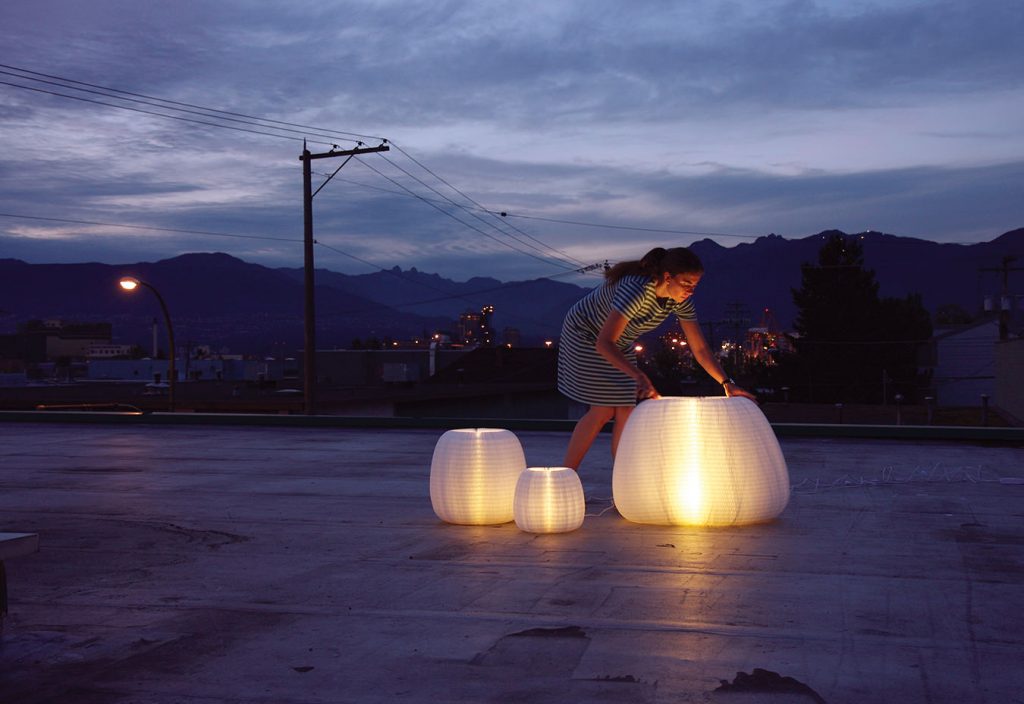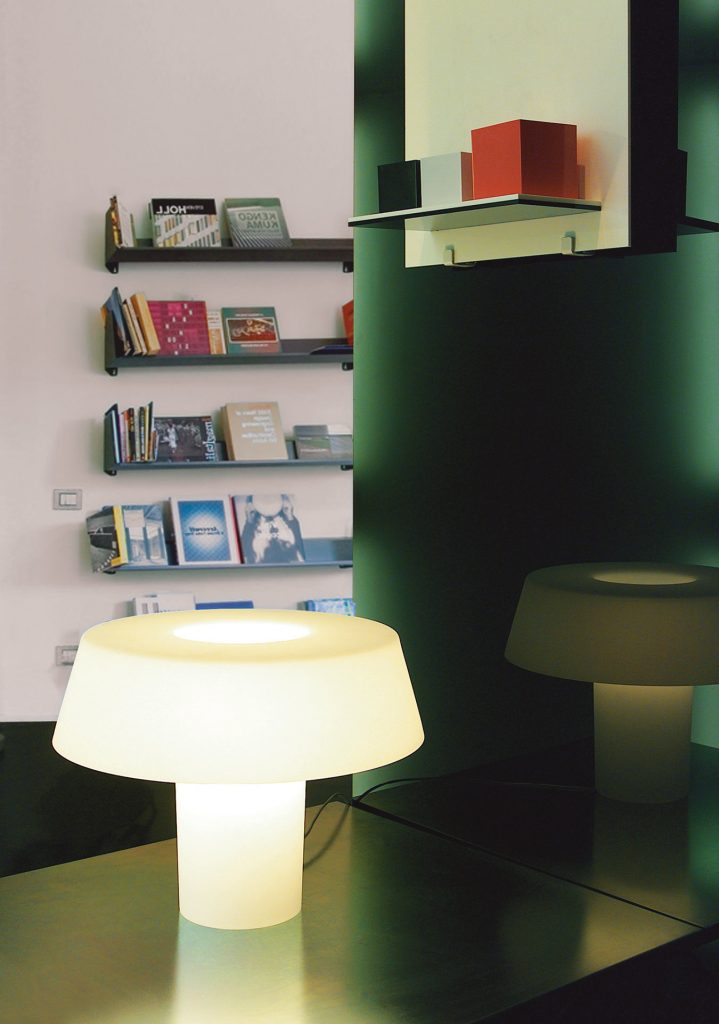One of the most immediate things you notice upon entering a room is how well it is lit. The flick of a light switch is the first—and last—action one makes upon crossing the threshold of a room. Yet despite the tedium of something as monotonous as turning a switch, lighting is an important aspect of any room, affecting its atmosphere and, in turn, the mood of those within. Too bright, and a space is alienating; too dim, and you suddenly feel sluggish and tired. And never mind what bad lighting can do to one’s appearance.
In the world of table lamps, the trend has been to move toward a sleeker, detail-oriented aesthetic and away from the pleated, inverted cones of yesteryear. “I’m not a lampshade type of girl,” laughs Anne Pearson, a former architect and the owner of Main Street’s Vancouver Special, one of the city’s prominent interior design boutiques. “I like paper, glass and metal.” And judging from the popularity of the lighting designs available in these textiles at her store, her customers do, too.
Known for its glass tableware, decorative felt “rocks”, and expandable and compressible cardboard benches, local company molo also offers the Urchin softlight. “To me, this is a new take on [Isamu] Noguchi’s Akari light sculptures,” says Pearson, referring to the classic 1950s paper lanterns perched on spindly legs. Propped on a table, an Urchin—whose shape can be manipulated to resemble exactly that—offers what Pearson calls a lamp “screen” rather than a lampshade, diffusing soft light in every direction. Better still, it stores flat, is available in four sizes, and its diversity of shape makes it suitable for virtually any surface, begging for interaction from anyone present.
For the desk worker, the One Line by Artemide is a safe choice. “The clean line and single piece of aluminium make it a lasting design that will never get dated,” offers Pearson. From a circular base protrudes a long “neck” that features a thin, bright red profile. “It reminds me of artist Dan Flavin’s minimalist fluorescent tubes,” says Pearson.
Japanese designer Naoto Fukasawa, one of the hottest new product designers in the world, has developed the Amami, a modern alternative to traditional lighting design. Informed by the mushroom-like shape of traditional table lamps, a single piece of opaline polycarbonate forms both a stout, cylindrical base and an angular shade. “The light quality from this piece is less directional and more diffuse,” says Pearson. “[It’s] softer and more atmospheric overall.”
Finally, blurring the line between an objet d’art and one’s traditional conception of a light is the Block Lamp, designed by Harri Koskinen for Design House Stockholm. Made to look like an oversized block of ice, Pearson separates the two heavy halves of smooth, shiny glass to reveal a cord and socket for a 15-watt bulb. “Isn’t it amazing?” she breathes.
Surely, there can be nothing cooler than seeing a glowing ice cube as soon as you walk into a room. A fine table lamp, then, makes you want to keep the lights on.
Urchin photo: Molo.
Amami photo: Danese Milano.










